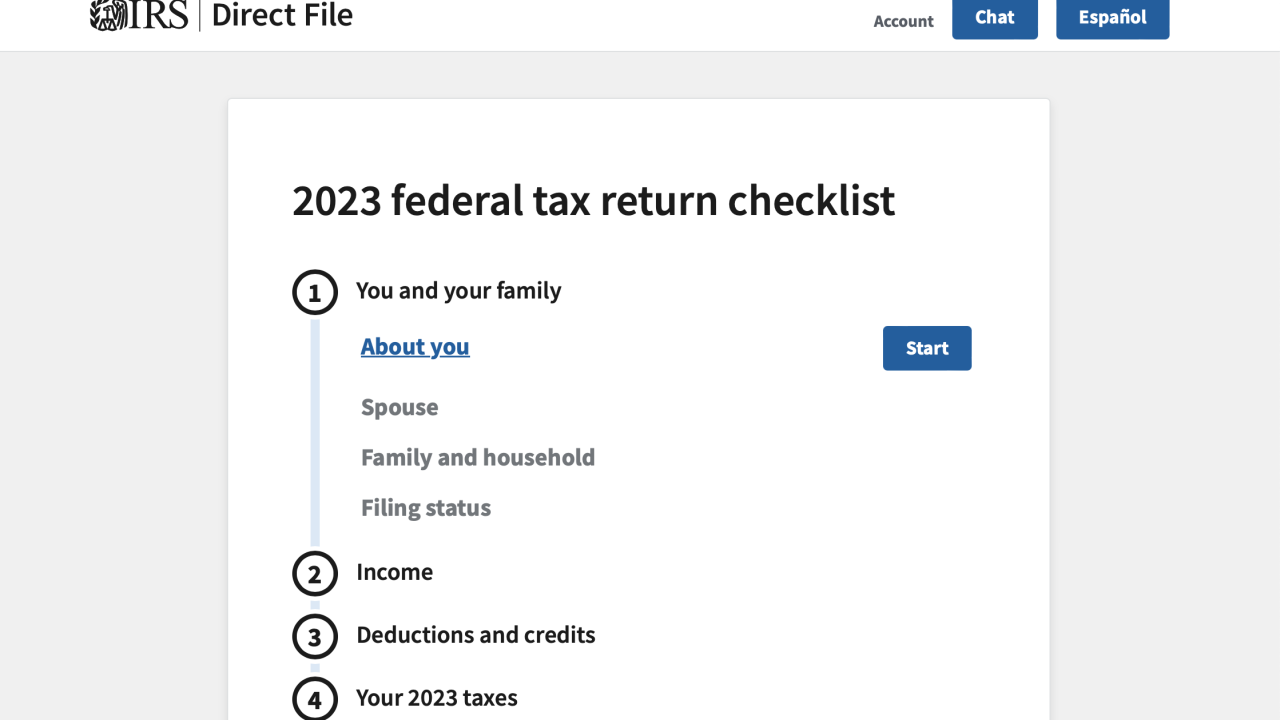The Internal Revenue Service isn’t meeting a self-imposed 30-day deadline of responding to written inquiries from taxpayers, according to a new report.
The
In November 1998, the IRS issued Policy Statement P-6-12, requiring employees to initiate a response to taxpayer correspondence within 30 calendar days. Although most of the responses to taxpayers’ correspondence tested by TIGTA in the samples it used for the report were accurate, most of the IRS’s responses were not timely.
“Inadequate and untimely responses to taxpayer correspondence adversely affect taxpayers and tax administration,” said TIGTA Inspector General J. Russell George in a statement.
When taxpayers’ issues are not addressed on a timely basis, the report noted, the IRS mails “interim letters” to taxpayers. However, none of the interim letters generated by the system provide taxpayers with any information specific to their accounts, and the content is not clear about what taxpayers need to do, the report noted.
The IRS received 20 million letters, forms and other written correspondence from taxpayers last year. TIGTA reviewed three samples of taxpayer correspondence to determine whether the IRS is meeting its self-imposed requirements to respond to a taxpayer within 30 days or provide an update on the status of the response. Testing included sampling cases from three IRS functions—the Accounts Management function, the Automated Underreporter Program and the Field Assistance Office.
TIGTA made four recommendations to the IRS, including that it clarify its instructions so employees understand when a case either requires a written response, should be placed in suspense, or closed, and when correspondence should be linked to prior cases. In addition, TIGTA suggested that the IRS complete its ongoing study of interim letters to ensure they are strategically timed and provide taxpayers with an accurate status and time period for case resolution.
The IRS said it would review its instructions for processing correspondence and complete its study of interim responses. It also noted that it had been making improvements.
“In recent years, we have implemented enhancements to improve our service to taxpayers and tax practitioners, including standardizing and extending the time periods for taxpayers to provide supporting documentation, granting additional time to respond to notices, changing the Internal Revenue Manual guidelines when required, providing additional training to telephone and paper assistors, and developing tools to enhance case settlement, such as the Interactive Tax Law Assistant,” wrote Richard Byrd, Jr., the commissioner of the IRS’s Wage and Investment Division, in response to the report. “These changes have enabled us to provide more complete and consistent answers to taxpayers and tax professionals.”
However, the IRS did not agree with the outcome measures claimed in the report, arguing that the projections were based on non-representative samples. TIGTA countered that the samples were random samples from the defined universe of cases, and as such, TIGTA believes they are representative. The five-year projections are, in fact, forecasts, TIGTA noted, and this type of forecasting is used by the federal government in many circumstances.





